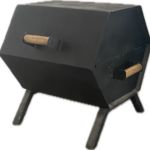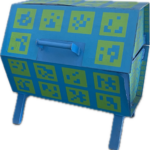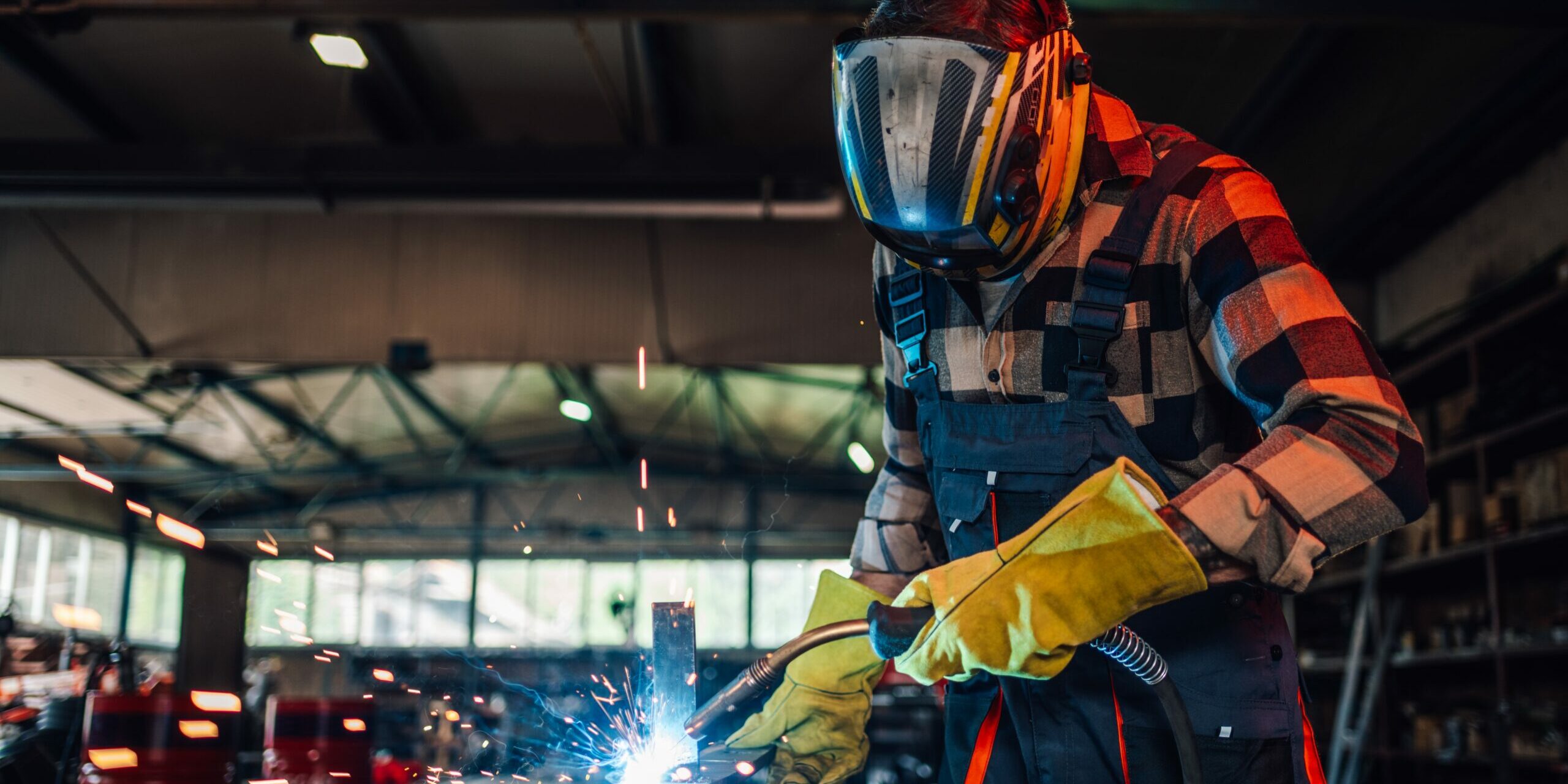Welding is a fantastic skill that opens the door to endless creative and practical projects. For beginners, starting with simple, manageable projects is the key to building confidence and honing techniques. Below are real examples of beginner-friendly welding projects, inspired by community welders and resources.
Welding Project 1: Decorative metal wall hooks
Welding decorative wall hooks is a great way to add a personal touch to your home while gaining hands-on experience. This project is beginner-friendly, using flat bar steel or scrap metal to form hooks that can hold coats, bags, or keys. You can get creative with the shapes, adding twists or loops for a more decorative look.
A DIY metal coat rack is a useful project for beginners. This simple but practical design uses metal pipes or bars welded together to create a sturdy rack for coats and hats. The project allows beginners to practice cutting metal, making joints, and ensuring welds are strong enough to bear weight. Whether you prefer a minimalist look or something more rustic, the coat rack is both a fun and functional piece to start with.
A hanging steel pan rack is an excellent project for anyone looking to combine functionality with creativity. Using steel rods and hooks, you can design a stylish way to hang your kitchen pans.

This kind of project allows beginners to practice cutting and welding small pieces of metal, with plenty of room for customization. It is a simple yet effective way to bring a professional touch to your home. It also teaches basic welding skills, such as making strong welds and working with small materials.
Welding Project 2: Scrap metal art sculptures
One of the most creative ways to practice welding is by crafting scrap metal art sculptures. This project uses leftover metal pieces, nuts, bolts, or other metal scraps to create unique sculptures like animals, flowers, or abstract shapes.
This freeform style allows beginners to focus on their technique without needing precise cuts or measurements. It is a perfect project for learning to manipulate different types of metal while letting your imagination run wild.
As an example, an iron cactus is a decorative project that is ideal for beginners. This involves welding metal rods and scrap pieces to resemble a cactus, making for a quirky garden decoration or indoor piece. It’s simple in structure but a great way to practice your welding joints and refine your technique with smaller, manageable pieces of metal.
Welding Project 3: A barbecue grill
A homemade barbecue grill is a rewarding project that gives you both a valuable welding practice session and a useful tool for outdoor cooking. Using metal rods and a steel plate, you can create the grill top, legs, and even the lid.
This project will teach you how to work with thicker materials and master the art of precision welding to ensure the grill is safe and sturdy. Plus, you get the added bonus of grilling your favorite foods once it is complete!
Make your welding project a reality with Soldamatic
Imagine using augmented reality (AR) to create custom projects from scratch. This is possible with Soldamatic! AR technology creates a virtual welding environment where learners can practice their skills without needing physical materials at all. By overlaying virtual elements onto real-world objects, users can experiment with designs, dimensions, and welding techniques in a risk-free environment.

Soldamatic is a welding simulator that provides real-time values on critical aspects like torch angle, speed, and weld consistency; offering instant feedback on mistakes or improvements, ultimately accelerating the learning process and boosting confidence in tackling new, unique projects.

The latest technology
With Augmented Reality, beginners can build muscle memory and confidence in a controlled setting before transitioning to real-world projects.
This welding simulator provides real-time, interactive guidance, allowing users to visualize their projects before physically working on them. Furthermore, Soldamatic reduces trial-and-error, saves material costs, and ensures better accuracy during the planning and fabrication stages. This technology is revolutionizing welding training by making it more accessible, cost-effective, and safer for new learners.











